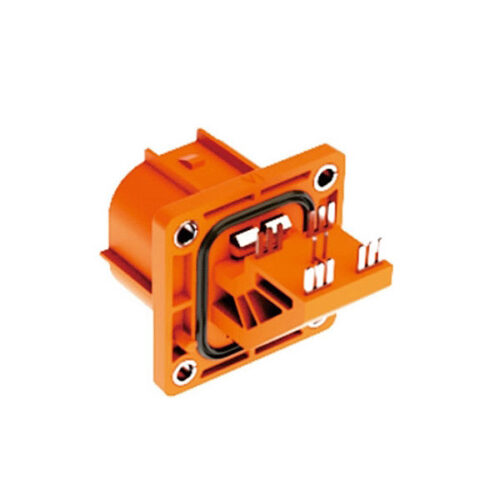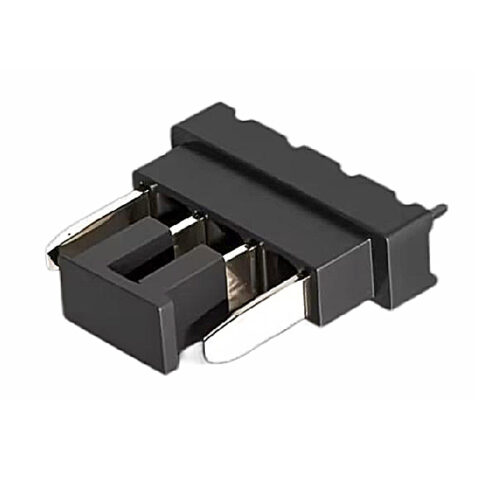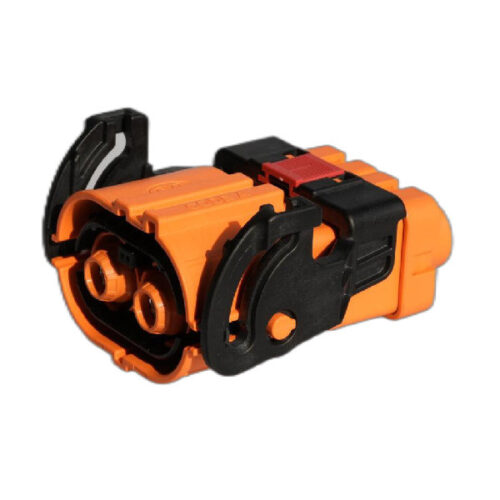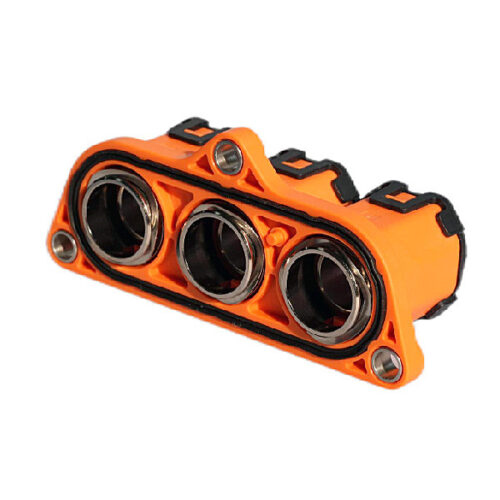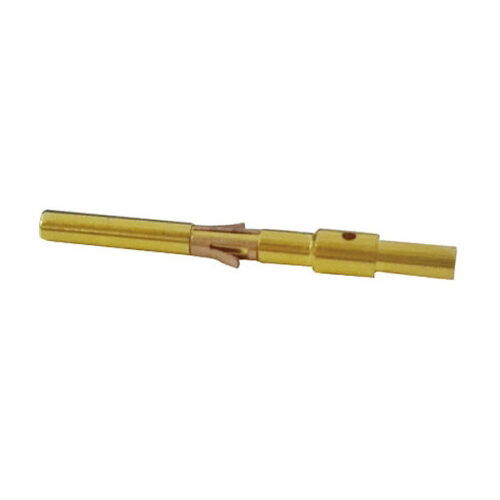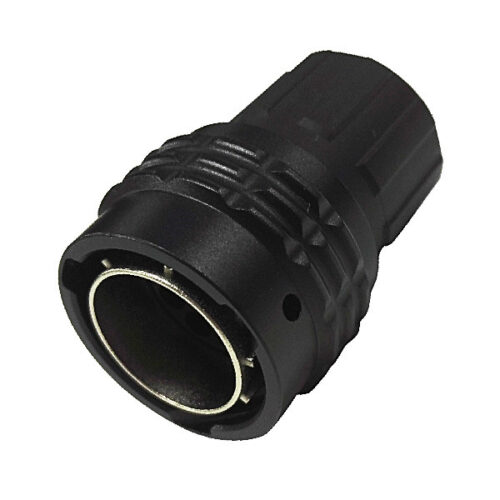Blogs & News
We are focus on automotive wiring harness & connectors technology.
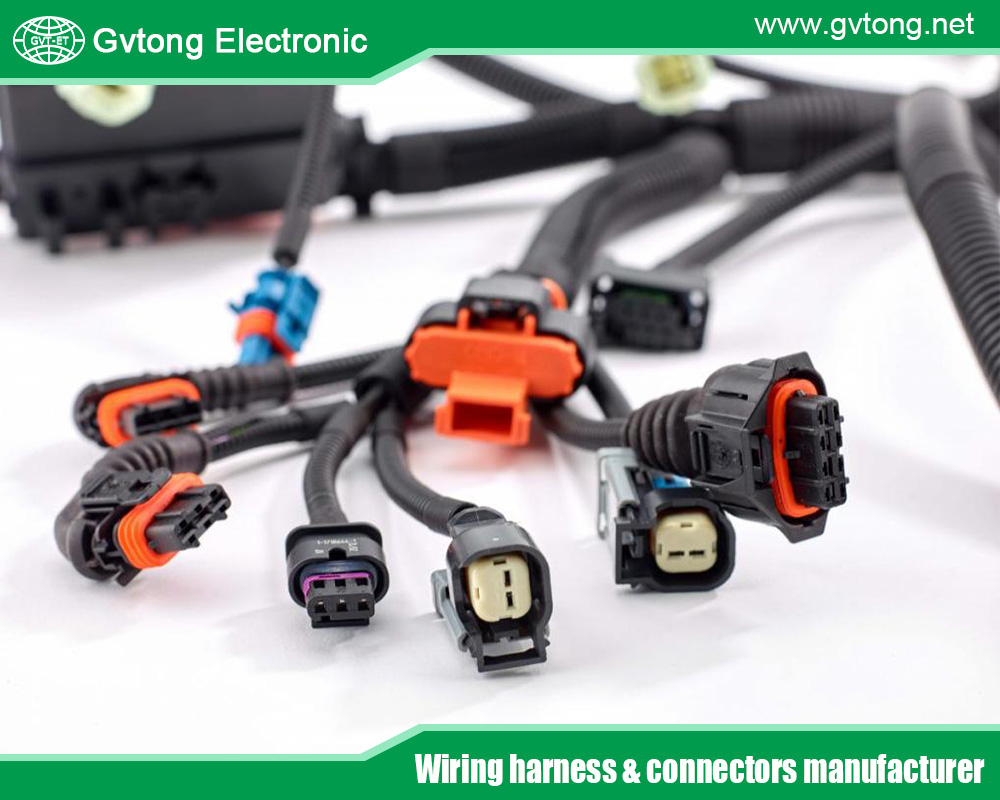
THE TIPS FOR STORING AUTOMOTIVE ELECTRICAL CONNECTORS
- Gvtong Electronic
- 48V board net connectors, automotive antenna connector, automotive coaxial connector, automotive data connector, automotive diagnostic connector, automotive electrical connector, Automotive electrical connectors, automotive electrical connectors factory, automotive electrical connectors kit, Automotive Electrical Connectors Manufacturer In Thailand, automotive electrical connectors supplier, Automotive Electrical Connectors Thailand, Automotive electrical connectors types, automotive electrical connectors waterproof, automotive high - frequency, Automotive high - frequency connector, automotive High voltage connector, automotive hybrid connector, automotive Low voltage connector, automotive Oil-resistant Connectors, automotive optical fiber connector, automotive power distribution, Automotive power distribution connector, automotive Signal Connector, Automotive temperature - resistant connector, automotive vibration - resistant, Automotive vibration - resistant connector, automotive waterproof connectors, Automotive-grade AEC-Q200 connectors, China Automotive Electrical Connectors Manufacturers, Thermal management connectors
- No Comments
THE TIPS FOR STORING AUTOMOTIVE ELECTRICAL CONNECTORS
Automotive electrical connectors are critical components in modern vehicles, ensuring reliable communication between electrical systems, from sensors to lighting and engine control units. These connectors, often exposed to harsh environments like heat, moisture, and vibration, require careful storage to maintain their functionality and longevity. Improper storage can lead to corrosion, contamination, or physical damage, resulting in costly repairs or system failures. Whether you’re a professional mechanic, an automotive enthusiast, or a parts supplier, understanding how to store automotive electrical connectors properly is essential for preserving their performance. This article provides practical, expert-backed tips for storing automotive electrical connectors, covering environmental considerations, organization techniques, and preventive maintenance. By following these guidelines, you can ensure your connectors remain in top condition, ready for use when needed, and avoid the pitfalls of degradation. Let’s dive into the key strategies for effective storage.
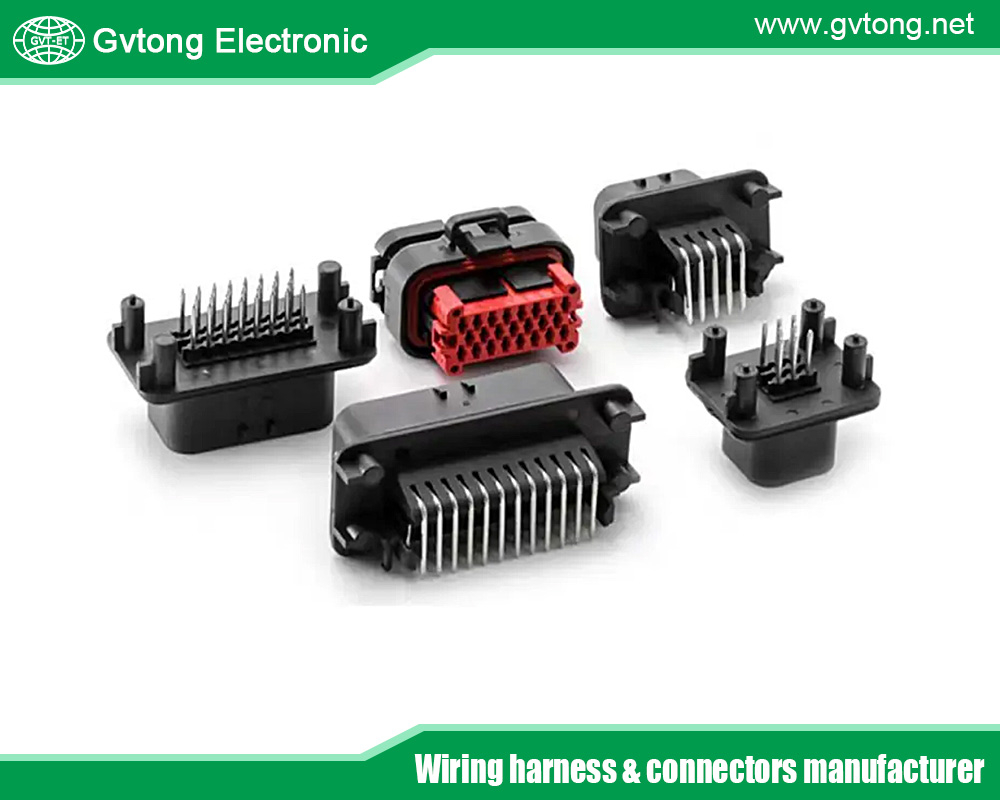
Understanding Automotive Electrical Connectors
Automotive electrical connectors come in various types, including multi-pin connectors, weatherproof connectors, and high-voltage connectors used in electric vehicles (EVs). They are typically made of materials like plastic, rubber, and metal, designed to withstand automotive conditions. However, when not in use, these components are vulnerable to environmental factors such as humidity, dust, and temperature fluctuations. Improper storage can cause oxidation of metal contacts, cracking of plastic housings, or degradation of rubber seals, compromising their ability to form secure electrical connections.
Before diving into storage tips, it’s important to recognize the diversity of connectors—such as Deutsch, Molex Mini-Fit, or AMP connectors—each with specific storage needs based on their materials and design. For instance, connectors with exposed pins require extra protection against physical damage, while weatherproof connectors with rubber seals need safeguards against moisture absorption. Understanding these characteristics helps tailor storage practices to prevent damage and ensure connectors remain functional for years, whether stored for short-term use or long-term inventory management.
Environmental Control for Optimal Storage
The environment in which automotive electrical connectors are stored plays a critical role in their preservation. Here are key environmental factors to control:
- Temperature Regulation
Extreme temperatures can damage connectors. High heat can warp plastic housings or degrade rubber seals, while freezing temperatures may cause brittleness. Store connectors in a climate-controlled environment, ideally between 50°F and 77°F (10°C to 25°C). Avoid garages or sheds without temperature control, as they are prone to seasonal fluctuations. If climate control isn’t feasible, use insulated storage containers to buffer temperature changes. - Humidity Management
Moisture is a primary enemy of electrical connectors, as it promotes corrosion of metal contacts. Aim for a relative humidity level below 50%. Use dehumidifiers in storage areas, especially in coastal or humid climates. Silica gel packets or desiccant canisters placed in storage containers can absorb residual moisture. For long-term storage, consider vacuum-sealing connectors in moisture-resistant bags to eliminate exposure to humid air. - Dust and Contaminant Protection
Dust and debris can settle on connector pins, leading to poor electrical contact or contamination. Store connectors in sealed containers, such as plastic bins with tight-fitting lids or specialized storage cases. Avoid open shelves in workshops where dust from grinding or sanding is common. For connectors with exposed pins, use protective caps or covers to shield contact points. - Avoiding Direct Sunlight
Ultraviolet (UV) light can degrade plastic and rubber components over time. Store connectors in dark or opaque containers, away from windows or direct sunlight. If connectors are stored in transparent bags for visibility, place them in a shaded area or cover them with a cloth to block UV exposure.
By controlling these environmental factors, you can significantly extend the lifespan of automotive electrical connectors, preventing issues like corrosion or material degradation that could render them unusable.
Organizing Connectors for Easy Access
Effective organization not only protects connectors but also saves time when retrieving them. Here’s how to organize your automotive electrical connectors:
- Categorize by Type and Size
Group connectors by type (e.g., multi-pin, blade, or coaxial) and size to simplify retrieval. For example, keep all 2-pin connectors together and separate from 6-pin ones. Use labeled dividers or small bins within a larger storage container to maintain clear categories. - Use Storage Containers with Compartments
Invest in storage solutions like tackle boxes, toolbox drawers, or modular plastic cases with adjustable compartments. These allow you to separate connectors while keeping them secure. Ensure containers are made of non-conductive materials to avoid accidental short-circuiting. - Label Everything
Clear labeling prevents confusion and reduces handling time, which can minimize physical damage. Use a label maker or waterproof markers to tag containers with details like connector type, part number, or vehicle compatibility. For large inventories, consider a digital inventory system to track storage locations. - Store with Accessories
Connectors often require specific tools, such as crimping tools or terminal release tools, for installation. Store these accessories alongside connectors in dedicated compartments to streamline future use. Including a small packet of dielectric grease in each container can also help maintain connectors during installation. - Avoid Overcrowding
Overpacking storage containers can lead to physical damage, such as bent pins or cracked housings. Ensure each connector has enough space to avoid pressure or friction. Foam inserts or padded dividers can provide extra cushioning for delicate components.
Proper organization not only protects connectors but also enhances efficiency, especially for professionals managing large inventories or hobbyists working on multiple projects.
Preventive Maintenance Before Storage
Preparing connectors for storage is as important as the storage conditions themselves. Follow these steps to ensure connectors are ready for long-term or short-term storage:
- Clean Connectors Thoroughly
Before storing, clean connectors to remove dirt, grease, or corrosion. Use electrical contact cleaner or isopropyl alcohol (90% or higher) with a soft brush to clean metal contacts. Avoid abrasive materials that could scratch surfaces. For rubber seals, use a mild soap solution and dry thoroughly to prevent moisture retention. - Inspect for Damage
Examine connectors for signs of wear, such as bent pins, cracked housings, or worn seals. Discard or repair damaged connectors before storage to avoid using faulty components later. For reusable connectors, ensure locking mechanisms and seals are intact. - Apply Protective Coatings
Apply a thin layer of dielectric grease to metal contacts to prevent oxidation during storage. This non-conductive grease repels moisture and protects against corrosion without interfering with electrical connectivity. Be cautious not to overapply, as excess grease can attract dust. - Use Protective Caps or Covers
Many connectors come with dust caps or covers. If these are missing, purchase aftermarket caps or use electrical tape to cover exposed pins. For weatherproof connectors, ensure seals are intact and consider wrapping them in plastic film for added protection. - Package Individually or in Small Groups
To prevent connectors from rubbing against each other, store them in individual plastic bags or small containers. Anti-static bags are ideal for sensitive connectors, as they prevent static buildup that could damage electronic components. For bulk storage, use foam-lined boxes to keep connectors separated.
By taking these preventive steps, you can ensure connectors remain in pristine condition, ready for immediate use when needed.
Long-Term vs. Short-Term Storage Considerations
Storage needs vary depending on whether connectors will be used soon or stored for extended periods:
- Short-Term Storage (Up to 6 Months)
For connectors that will be used within a few months, focus on accessibility and basic protection. Store them in organized, labeled containers in a dry, temperature-controlled environment. Regularly check for signs of moisture or dust buildup, especially in busy workshops. Ensure connectors are easily accessible to avoid excessive handling, which can cause damage. - Long-Term Storage (6 Months or More)
For long-term storage, take extra precautions to prevent degradation. Vacuum-seal connectors in moisture-proof bags with desiccant packets to eliminate air and humidity exposure. Store in a climate-controlled facility to avoid temperature extremes. Periodically inspect connectors (every 6–12 months) to ensure no corrosion or damage has occurred. For high-value or sensitive connectors, consider using nitrogen-purged storage containers to eliminate oxygen and prevent oxidation. - Inventory Rotation
For both short- and long-term storage, adopt a “first-in, first-out” (FIFO) approach to prevent connectors from sitting unused for too long. This is especially important for connectors with rubber seals, which can degrade over time. Mark storage dates on containers to track aging and prioritize older stock for use.
By tailoring storage practices to the intended duration, you can balance accessibility with maximum protection, ensuring connectors remain functional regardless of storage time.
Common Mistakes to Avoid
Avoid these pitfalls to ensure your connectors remain in top condition:
- Storing in Damp or Uncontrolled Environments
Garages or basements without climate control can expose connectors to moisture and temperature swings. Always use dehumidifiers or sealed containers in such spaces. - Mixing Connector Types
Storing different connector types together without separation can lead to damage or confusion. Use dividers or separate containers to keep them organized. - Neglecting Cleaning Before Storage
Storing dirty connectors can trap contaminants, leading to corrosion or poor performance. Always clean and inspect before storage. - Ignoring Static Protection
Sensitive connectors, especially those used in electronic control units, can be damaged by static electricity. Use anti-static bags or mats during handling and storage. - Overlooking Regular Inspections
Even in ideal conditions, connectors can degrade over time. Schedule periodic checks to catch issues early, especially for long-term storage.
By avoiding these mistakes, you can prevent unnecessary damage and ensure your connectors are ready for use when needed.
Recommended Storage Products and Tools
Investing in the right storage solutions can make a significant difference. Here are some recommended products:
- Sealed Plastic Storage Bins: Brands like Pelican or Plano offer durable, weather-resistant bins with customizable compartments.
- Anti-Static Bags: Available from suppliers like DigiKey or Mouser, these protect sensitive connectors from static damage.
- Desiccant Packs: Silica gel or molecular sieve packets from Uline or similar suppliers absorb moisture effectively.
- Label Makers: Dymo or Brother label makers ensure clear, durable labeling for organization.
- Foam Inserts: Customizable foam from CaseClub or similar brands cushions connectors and prevents movement.
- Vacuum-Sealing Systems: FoodSaver or similar vacuum sealers work well for long-term storage.
- Electrical Contact Cleaner: CRC or WD-40 Specialist contact cleaners are ideal for pre-storage cleaning.
When selecting products, prioritize quality and compatibility with automotive environments. Check reviews and ensure containers are non-conductive and durable.
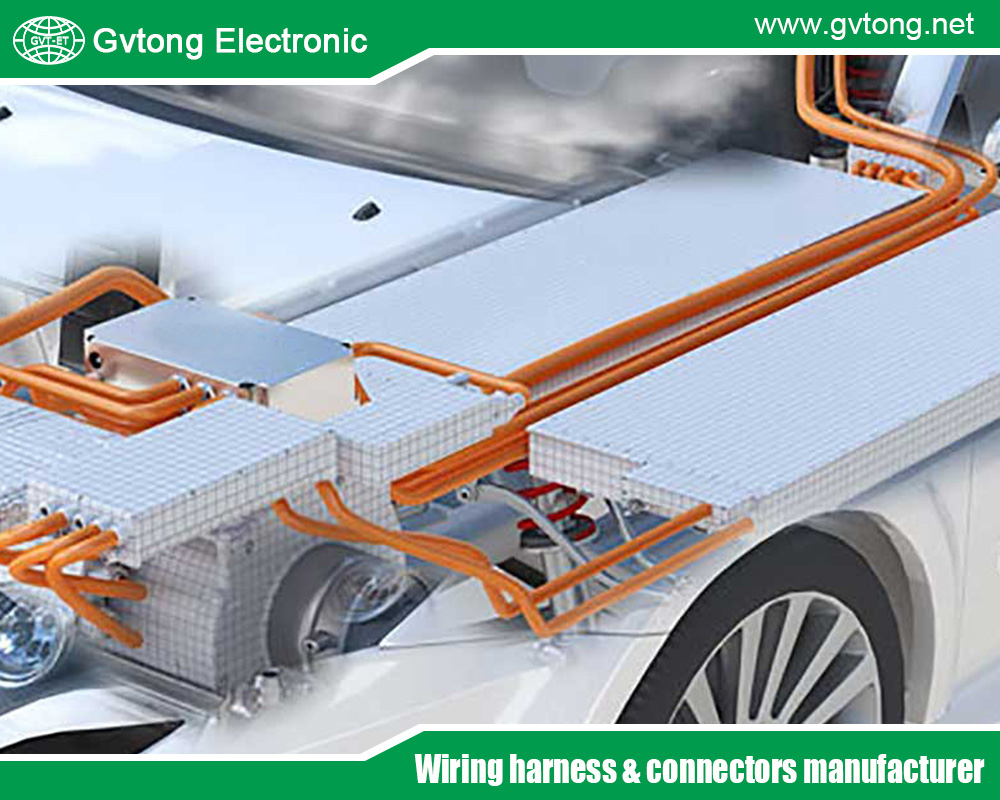
Conclusion
Proper storage of automotive electrical connectors is essential for maintaining their performance and extending their lifespan. By controlling environmental factors like temperature and humidity, organizing connectors efficiently, and performing preventive maintenance, you can protect these critical components from damage. Whether you’re storing connectors for short-term projects or long-term inventory, tailored strategies like vacuum-sealing, using desiccant packs, and regular inspections ensure they remain functional. Avoiding common mistakes, such as storing in damp environments or neglecting cleaning, further safeguards your investment. With the right tools and practices, you can keep your automotive electrical connectors in pristine condition, ready for reliable use in any vehicle. Implement these tips today to save time, reduce costs, and ensure your automotive projects run smoothly. For additional resources or specific connector care, consult manufacturer guidelines or trusted automotive suppliers.
For more about the tips for storing automotive electrical connectors, you can pay a visit to Gvtong at https://www.gvtong.net/ for more info.

